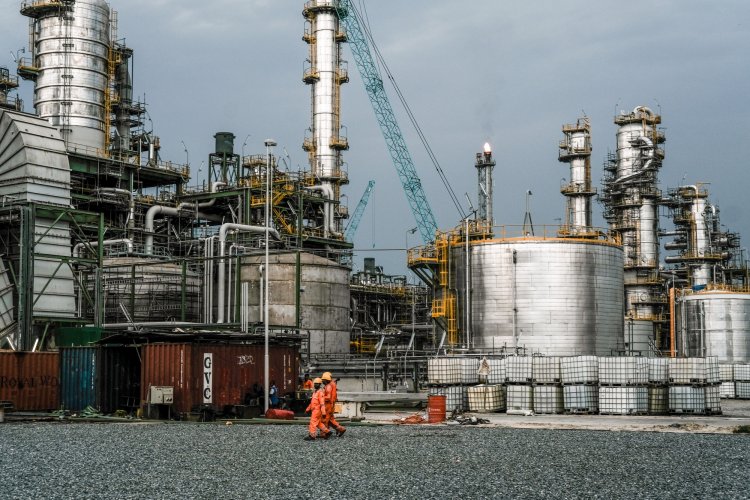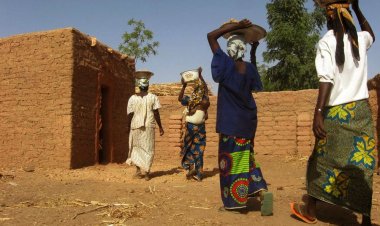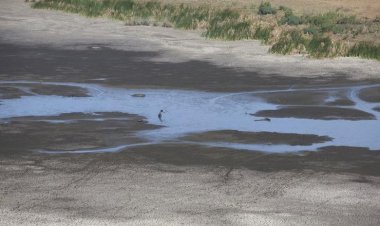Environmental Impact of Wrong Factory Location in Nigeria

Industrial Age brought positive and massive development to the world, as human activities got a lot easier through inventions and innovative exploits that greeted the period. The spike in population brought with it the need for large-scale, factory-size production in different parts of the world and various sectors such as textile, agriculture, furniture, and infrastructure to mention a few.
These developments had their good and bad, depending on the perspective from which one may want to assess it. No doubt works got easier, lives became more enjoyable and the world got more beautiful. But the world is persistently threatened, worse than the pre-industrial age, considering recent cases of environmental hazards ravaging the planet, making the world susceptible to disasters.
Recent statistics from United Nations Office for Disaster Risk Reduction (UNDRR) revealed that 7,348 disasters occurred within the last two decades, with floods filling 40% while storm, earthquake, and extreme temperatures making up 28, 8, and six percents respectively which claimed about 1.23 million lives and affected more than 4 billion people globally, costing the world $2.97trillion. How better is human exploration for a better life!
When these figures are compared to the preceding decades (1980-1999), a significant increase in disasters is noticed. For instance, 4,212 disasters were recorded with 1.19 million deaths and economic losses reaching $1.63 trillion between 1980 and 1999. The rise in global average temperature with the planet witnessing 1.1 degrees Celcius rise from the pre-Industrial period has been seen as the major cause for the spike in the frequency of heatwave, droughts, flooding, winter storm, and wildfires.
Nigeria has received its own fair share of disasters, industrial and natural disasters alike. A recent gas explosion at Lagos which killed more than 17 persons and led to the destruction of over 100 houses near the pipeline at the Abule-Ado area in the state is a case at hand.
With particular emphasis on the Niger Delta areas, researchers discovered about 123 flaring sites and discharge close to 45.8 billion kilowatts of heat into the atmosphere from flaring 1.8 billion cubic feet of gas every day. This made the riverine areas one of the highest emitters of greenhouses in Africa and carbon dioxide in the world.
These environmental changes, caused by the activities of oil-producing companies in the areas have adversely affected the living conditions of the residents. There have been reports, recently, of some residential areas like Aiyetoro in Ilaje L. G. A, Ondo state getting submerged by the ocean waves. Fishermen have ironically found fish easy to catch like miners find gold easily, despite fishing being the major source of livelihood for the youths.
The land is getting uninhabitable with the gas emission poisoning the atmosphere. Other states like Lagos, Ogun, Oyo, Kano with high concentrations of factories in the country are the most susceptible to environmental hazards.
It is therefore pertinent to implement environmental experts' recommendations to deal with this threatening phenomenon once and for all. The recent campaign for tree planting is commendable. But, the fight against global warming should be intensified in Nigeria and Africa generally, while conscious efforts should be made to propagate environmental safety for the wellbeing of Nigerians affected by industrial activities as the world advances in science and technology.

































